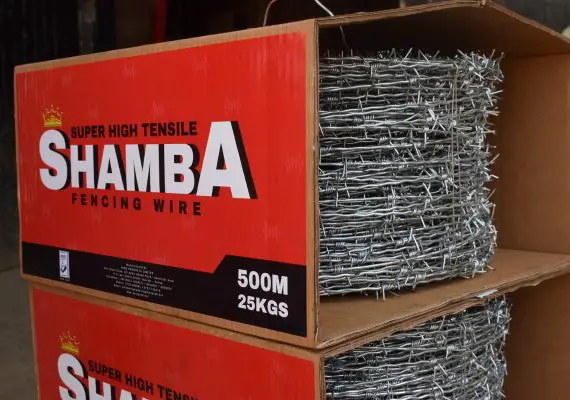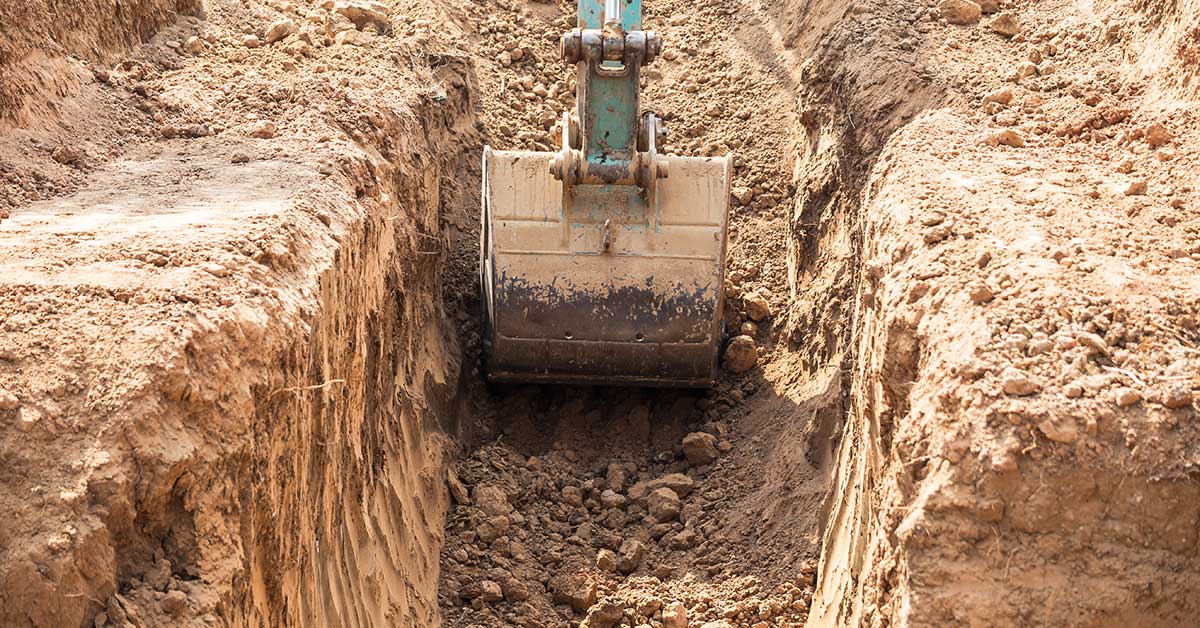What is Silk Fence? | Silt Fence Installation Details | Advantages and Disadvantages of Silt Fence
What is Silk Fence? | Silt Fence Installation Details |Benefits & Purpose of Silt Fence |Advantages and Disadvantages of Silt Fence
What is Silk Fence?
A silt fence, sometimes known as a sediment filter fence, is a temporary sediment management barrier used on construction sites to preserve water quality in neighboring streams, rivers, lakes, and seas from stormwater runoff sediment (loose dirt).
Because of their inexpensive cost and simple design, silt fences are commonly employed on building sites in North America and internationally.
However, their efficiency in sediment control can be restricted because to issues with improper installation, suitable placement, and/or insufficient maintenance.
Silt Fence is used on construction sites to protect streams, rivers, lakes, and other aquatic resources, as well as terrestrial resources, from silt, sediment, and construction debris.
Manufacturers Ni makes silt fences out of UV-stabilized woven geotextile that is bonded to premium wood posts.
Quality wood stakes ensure that on-site workers can install them quickly, efficiently, and affordably.
Purpose of Silt Fence
A sediment fence intercepts and holds small amounts of sediment from disturbed regions during construction and lowers runoff velocity down a slope.
Sediment barriers can also be used to trap wind-blown sand and serve as an anchor for the formation of sand dunes.
Silt Fence aids in the prevention of silt and other contaminants carried by sheet flow from being transferred off-site.
Silt fence keeps silt, sediment, and construction debris out of streams, rivers, lakes, storm drainage systems, and other water resources.
Silt Fence is developed and built to meet and surpass industry standards for sediment control.
Silt Fence Advantages
1. High quality, long-lasting and durable: Silt Fence is made of UV stabilized woven geotextile. Silt Fence is a strong, flexible, non-restrictive, lightweight component. The patented silt fence is designed to be easy to install and maintain.
2. Good performance: the geotextile material provides high tensile strength and resistance to abrasion and cuts, while the wood stakes ensure longer life of the product, the good digging ability for installation, and easy maintenance by construction workers.
3. Quick and easy installation: Silt Fence has a wide range of installation lengths and widths. Silt fence is perfectly suitable for delicate construction sites because it can be quickly installed
4. Protection from erosion: the Woven silk fence’s high strength and high tensile strength is designed to hold back large barriers of sediment.
5. Maintenance-free, All-year-round: silt fence is maintenance-free and can be used in all seasons with minimal effects.
6. Lightweight yet strong: Most silk fence material measures 130mm x 73.5mm which is light but works very well in protecting water resources, it is also easy to install and maintenance-free.
Disadvantages/Problems of Silk Fence
1. Sediment fences are impractical in areas with high water flows. Their use is limited to tiny drainage basins with flow rates of less than 0.5 CFS.
2. Flow should not be concentrated; rather, it should be dispersed throughout a large number of linear feet of sediment barrier.
3. Problems may occur as a result of faulty filter fabric selection or inappropriate installation.
1. Sediment fences are ineffective for controlling runoff deeper than a sheet or overland flow.
4. Sediment fences have the potential to cause erosion and damage in the face of a sheet flow event.
5. Silt fence is a relatively new technology that does not have a significant history of use.
6. Silt fences are relatively expensive to install and maintain, resulting in a high initial purchase cost which may be passed onto the user.
7. The reduction in sediment and construction debris movement can be short-term, but will result in increased soil compaction if the disturbance event is long term or repeated.
Silt Fence Installation Details
Manually installing a silt fence is not difficult and might save you money. All you need are the required materials and a clear understanding of how to accomplish it correctly.
The steps below will show you how to manually install a Silt Fence using common landscaping materials.
What you need:
· Trench digger
· Sledge Hammer
· Staple Gun and Staples
· Wooden Stakes
Step by Step Silt Fence Installation Details
1. Dig a trench about 8 inches deep and 4 inches wide, or a V- trench, along the fence’s upslope side.
2. With wire ties or staples, secure the support wire fence to the upslope side of the fence posts. The wire should be 6 inches deep in the trench.
3. Connect a continuous length of fabric to the upslope side of the fence posts. Joints should be avoided, especially at low points in the fence line. Where joints are required, secure the fabric to the support posts and overlap to the next post.
4. Place one foot of fabric at the bottom of the trench. Fill in the gaps with compacted earth or gravel.
5. Filter cloth must be securely fastened to the woven wire fence with ties spaced every 24 inches at the top, middle, and bottom.
6. A shallow sediment storage basin may be constructed on the upslope side of the fence where sedimentation is expected to reduce maintenance.
7. Allow easy access to deposition areas for cleaning and maintenance.
8. When sediment barriers have served their job, they should be removed, but not before the upslope region has been permanently stabilized. Retained sediment must be removed and disposed of properly, or it must be mulched and seeded.
Key Points About Silk Fence Installations
· Silt fence should be installed in a dug 8” x 4” trench for optimal effectiveness. Stakes should be driven into the ground until the cloth reaches the bottom of the trench.
· Install the posts downward so that runoff forces the cloth against the posts rather than away from them. A backhoe or other earth moving equipment should be used to backfill the trench.
· The second option is to pound the pegs into the ground until the cloth is snug against the soil surface. At least 8” (15 cm) of fill should be cut and bladed against the cloth edge using earth moving equipment.
· This type of installation is less labor demanding, but it may allow water to undercut the silt fence in heavy runoff locations.
· When placing numerous lengths of silt fence end to end, overlap the fabric edges by at least 18 inches (45 cm).


